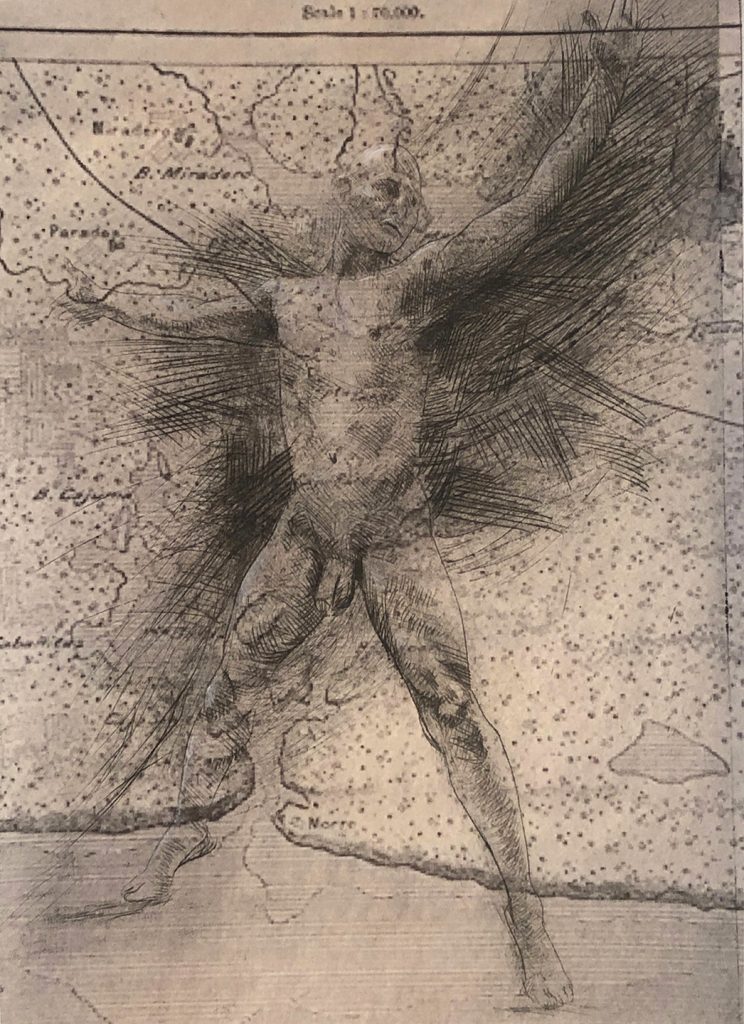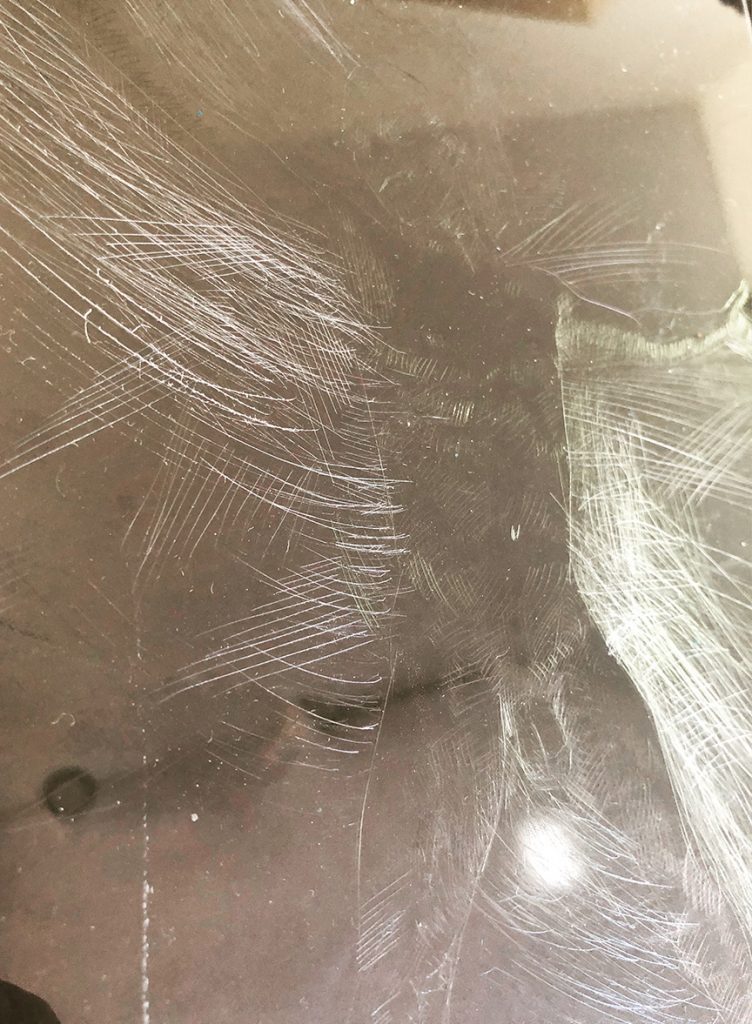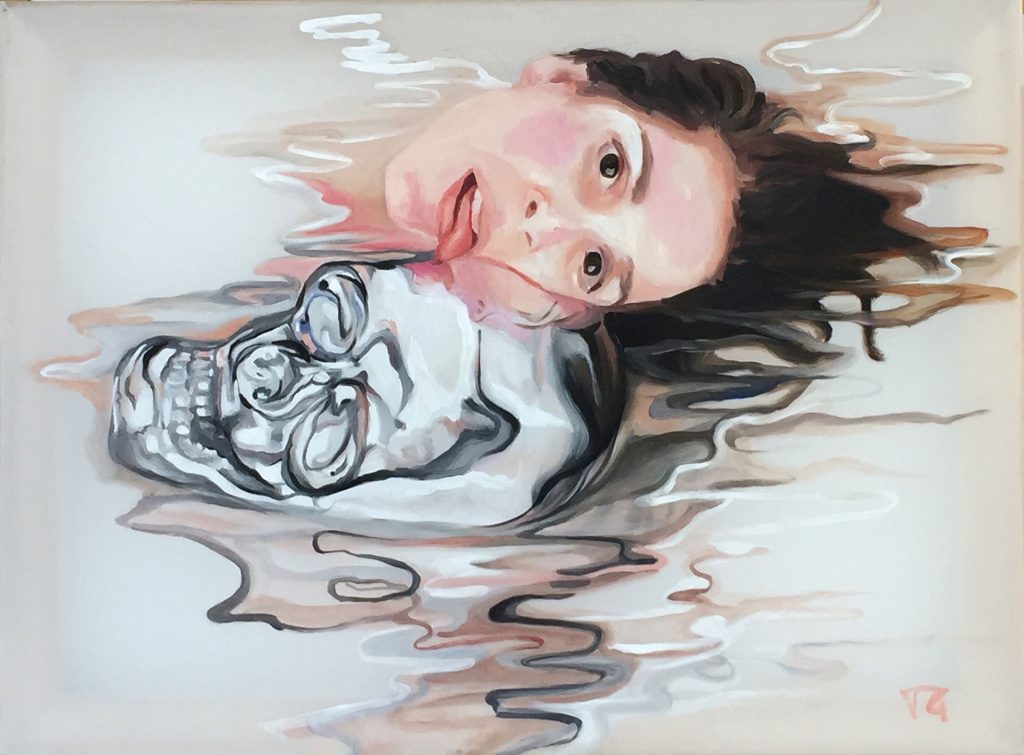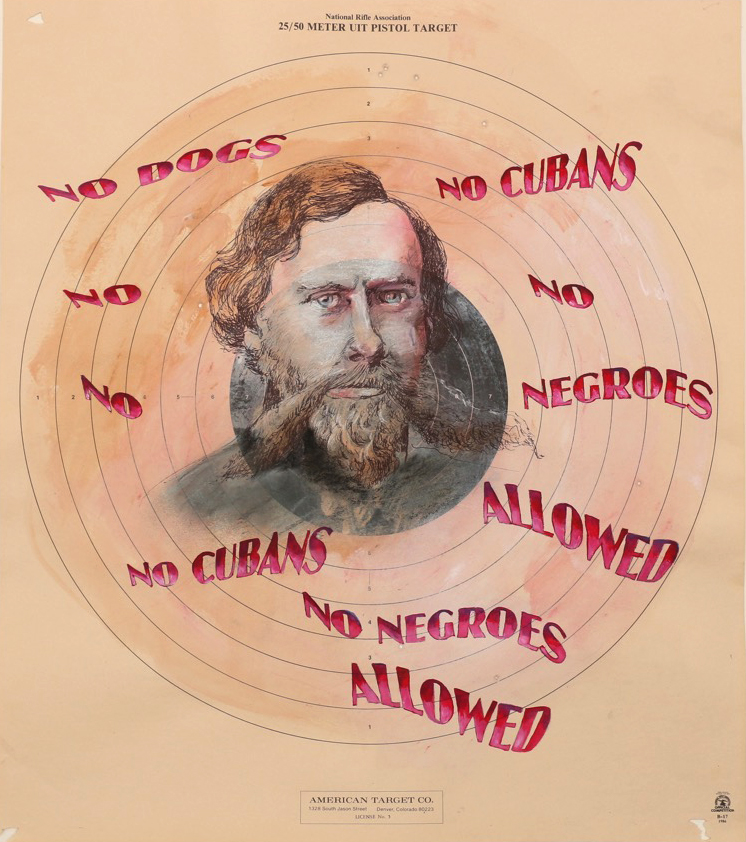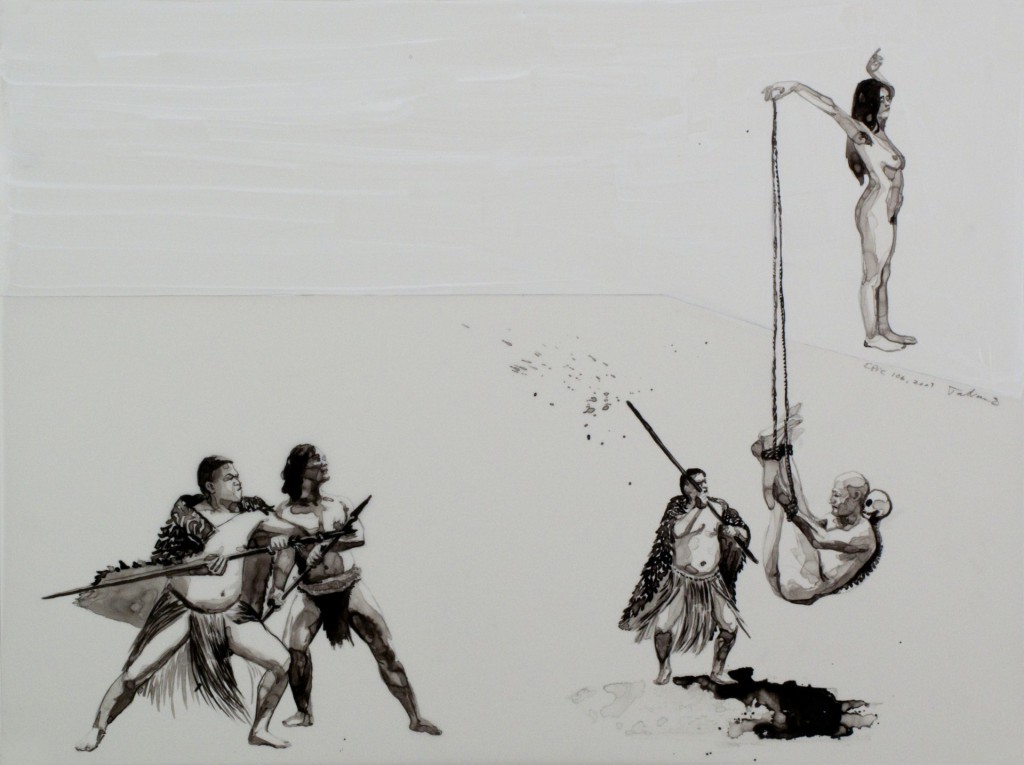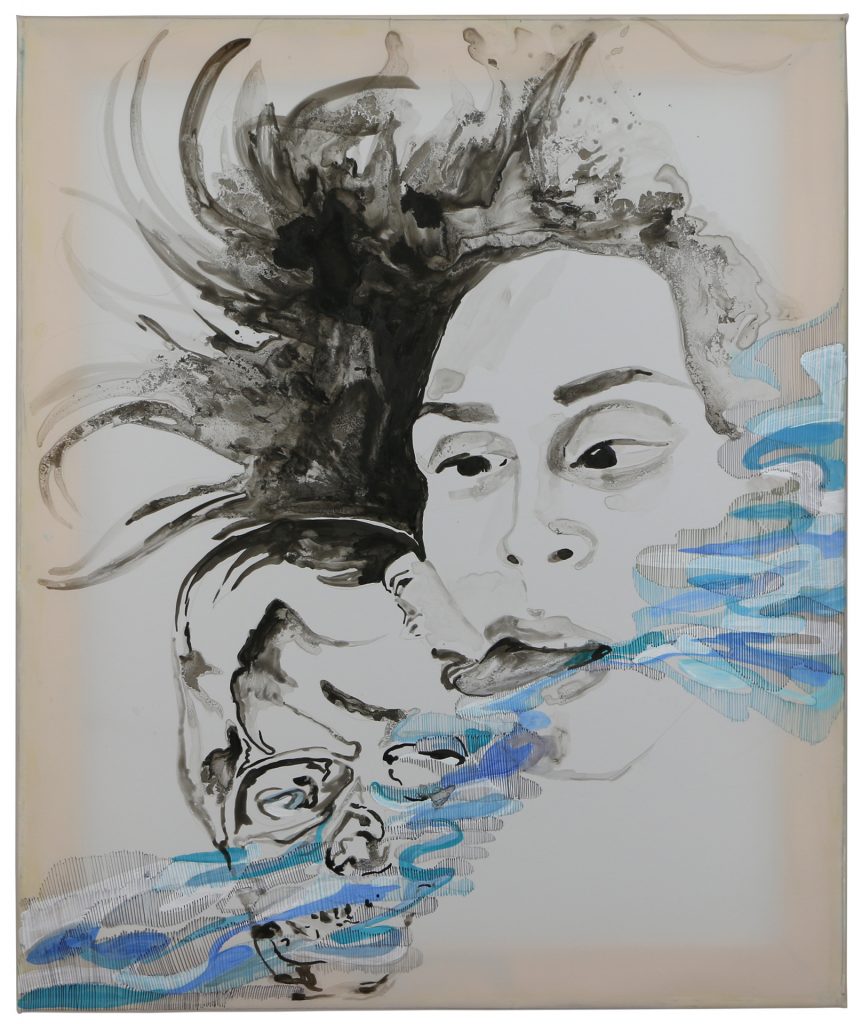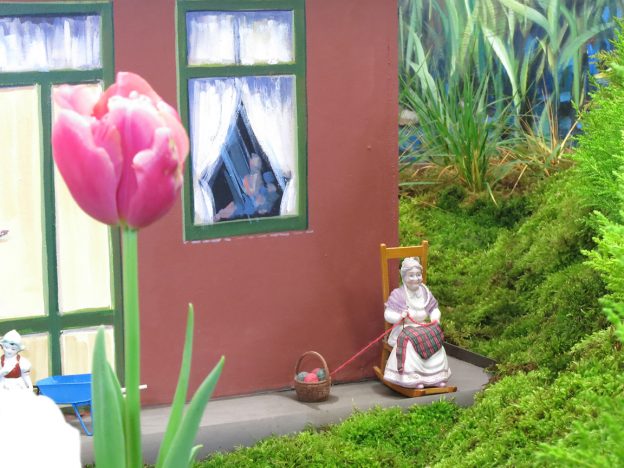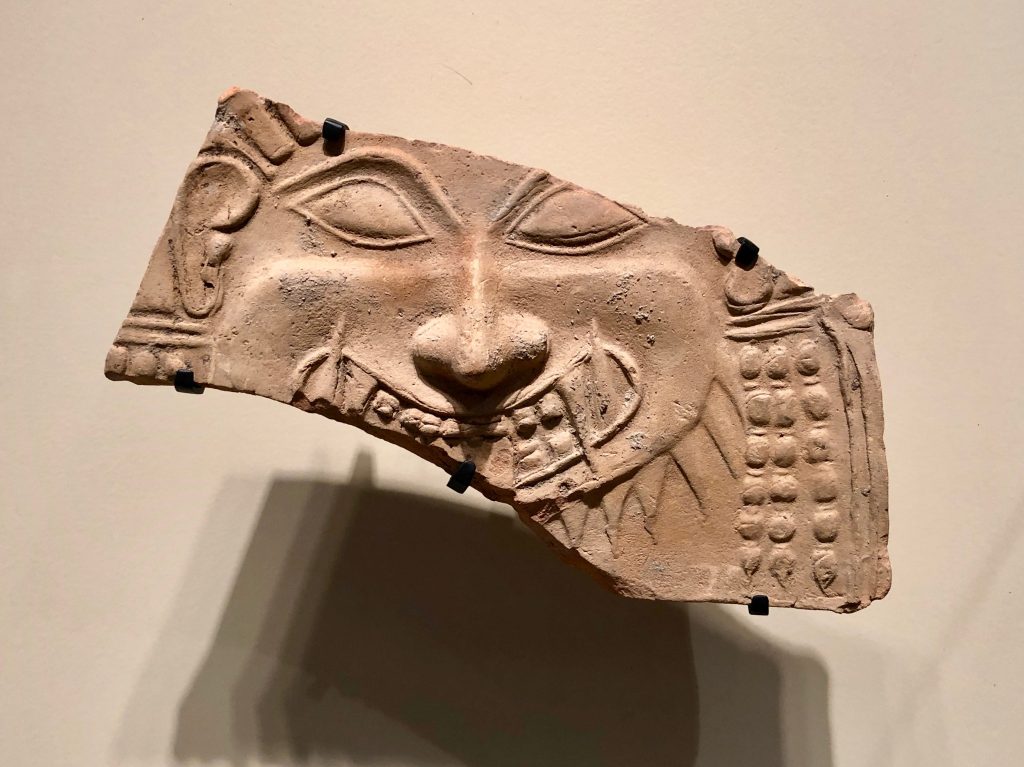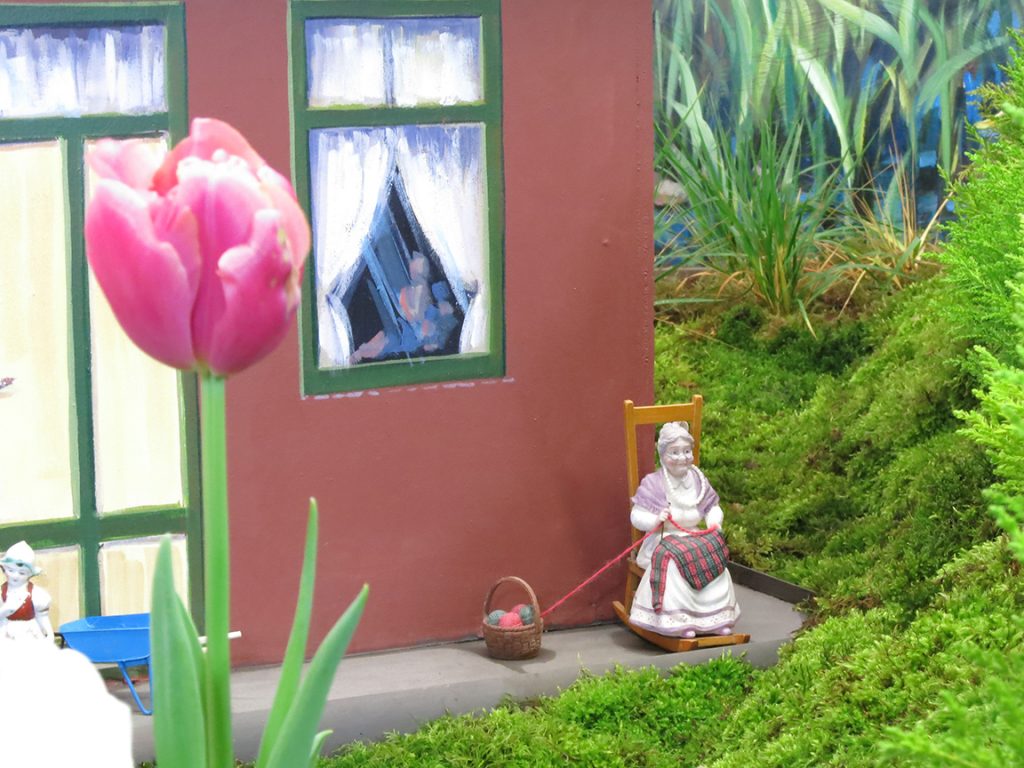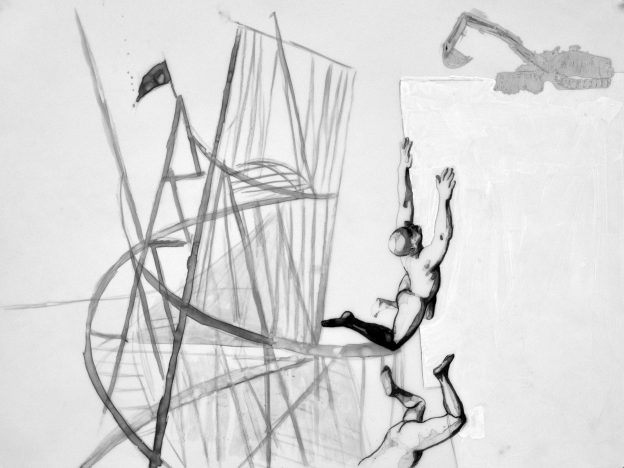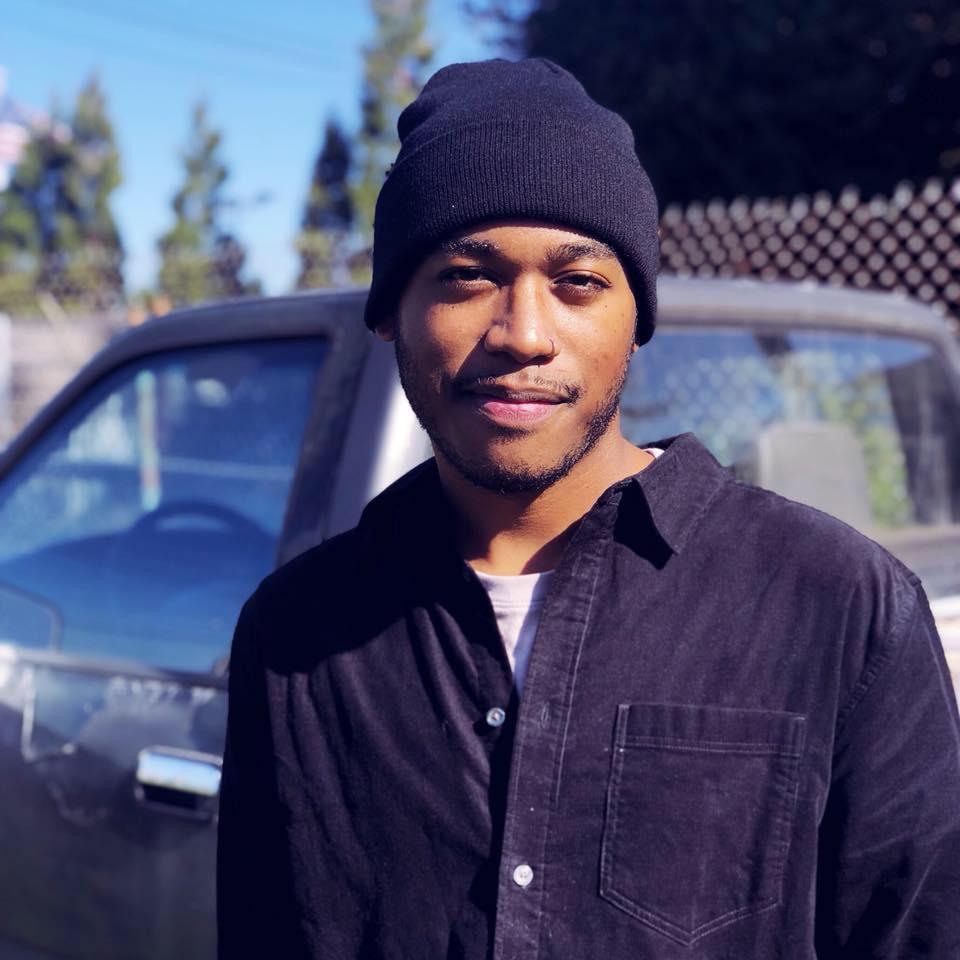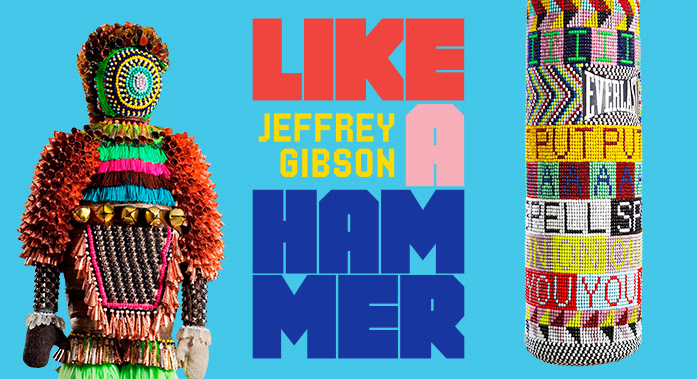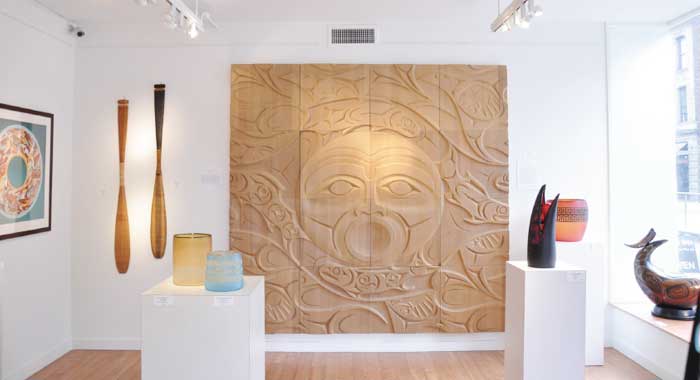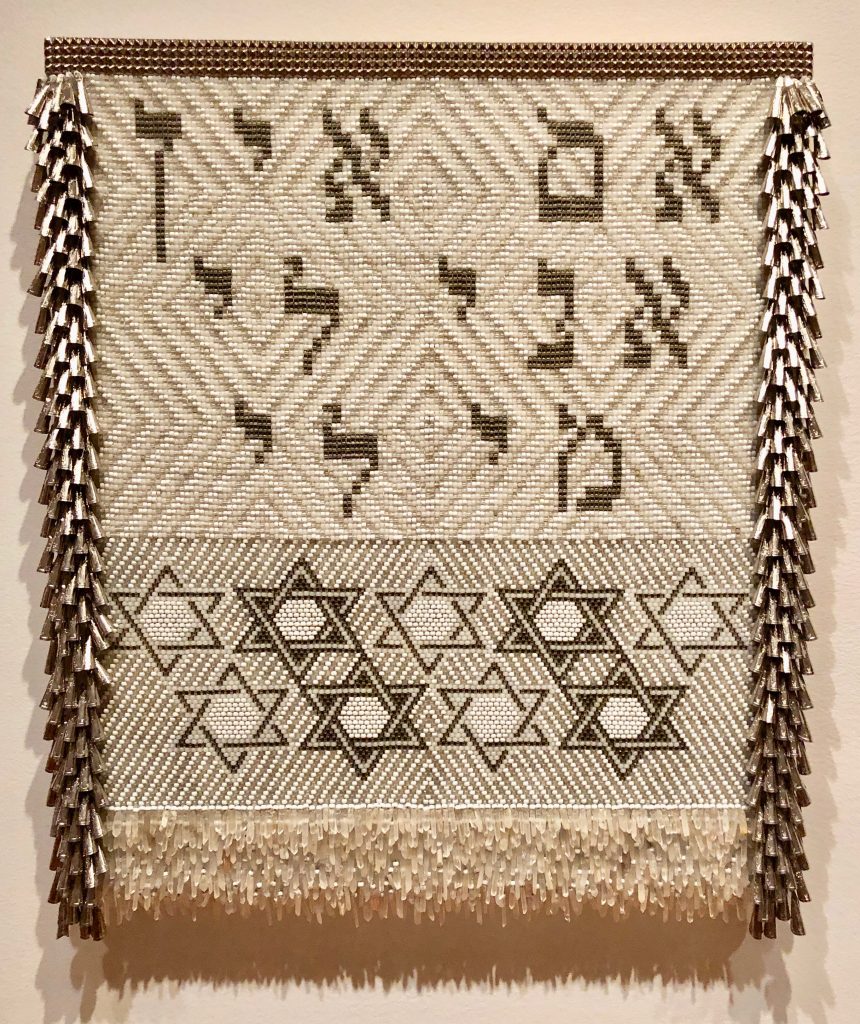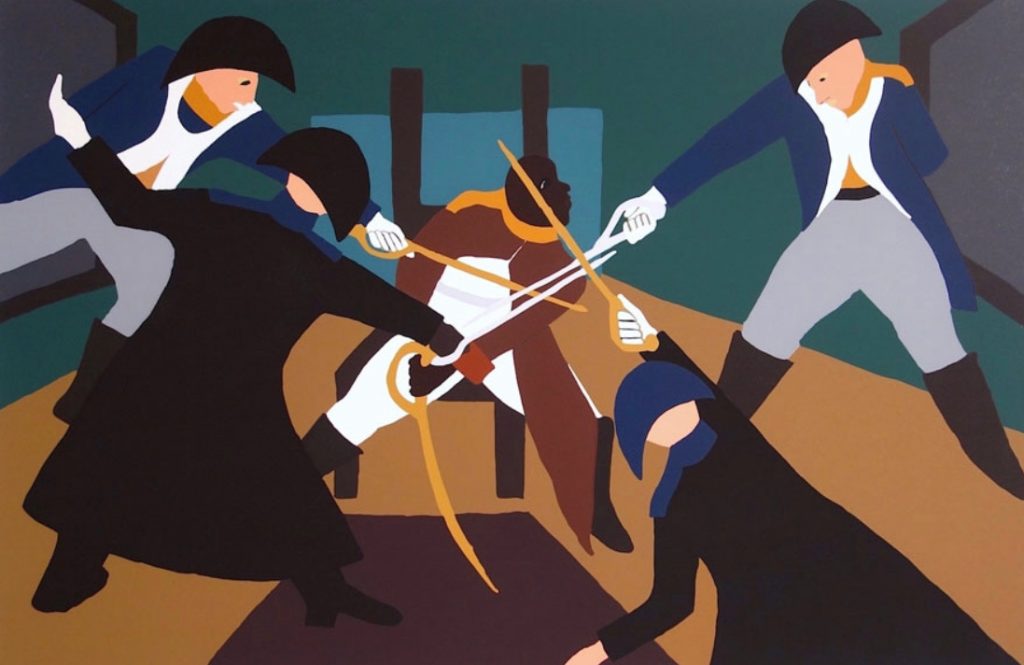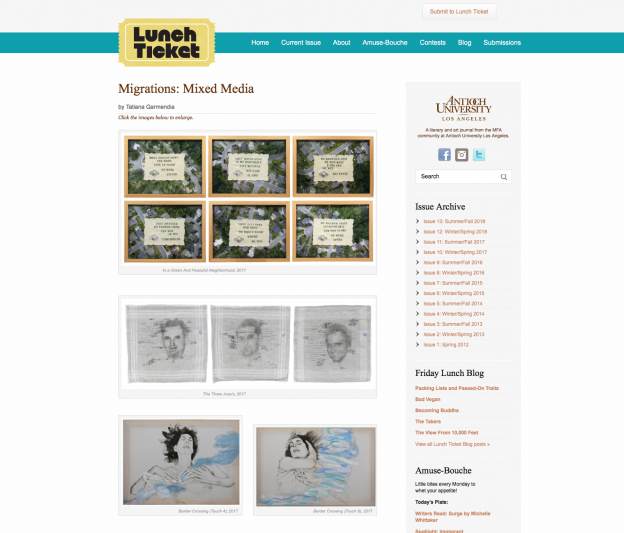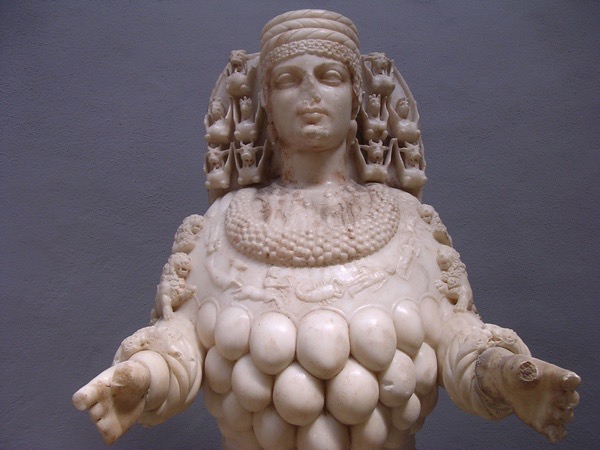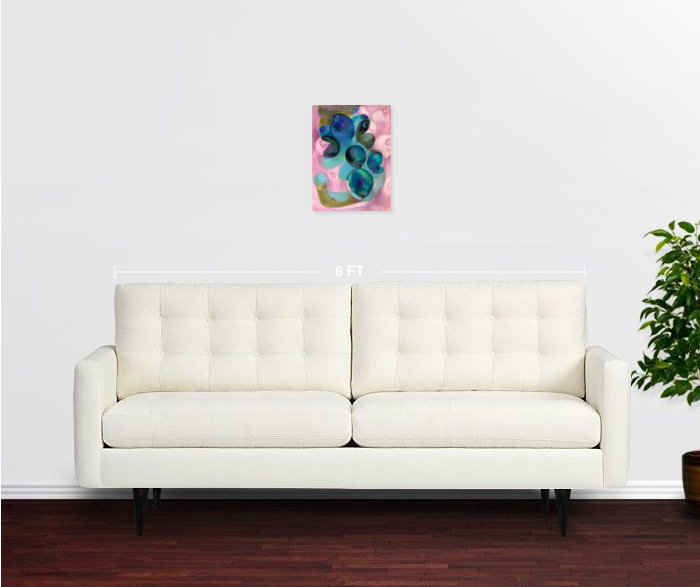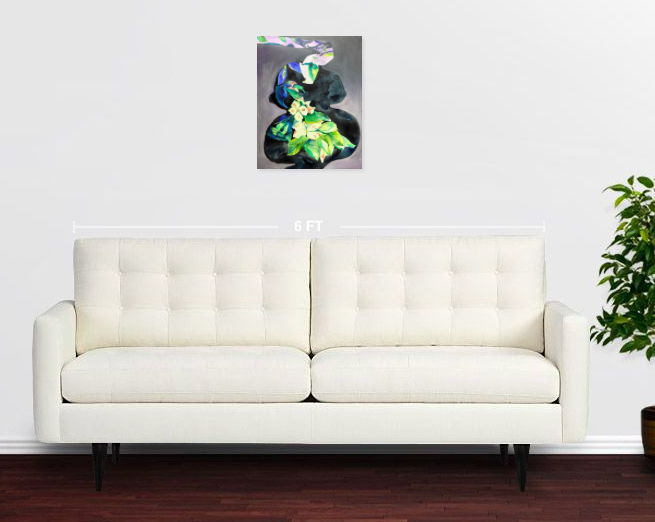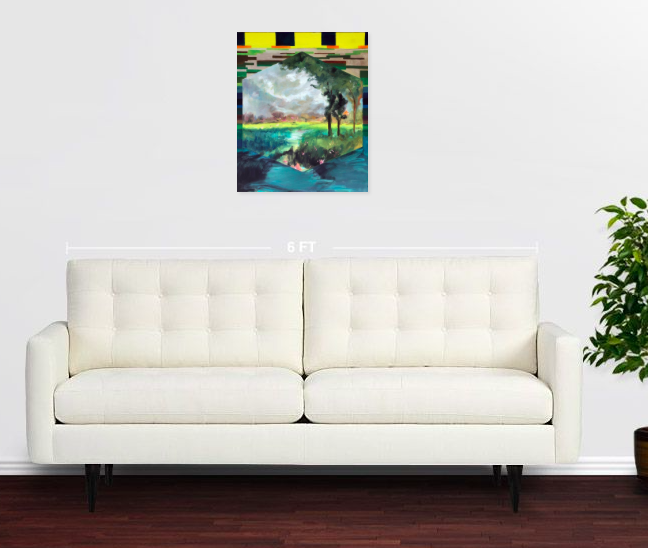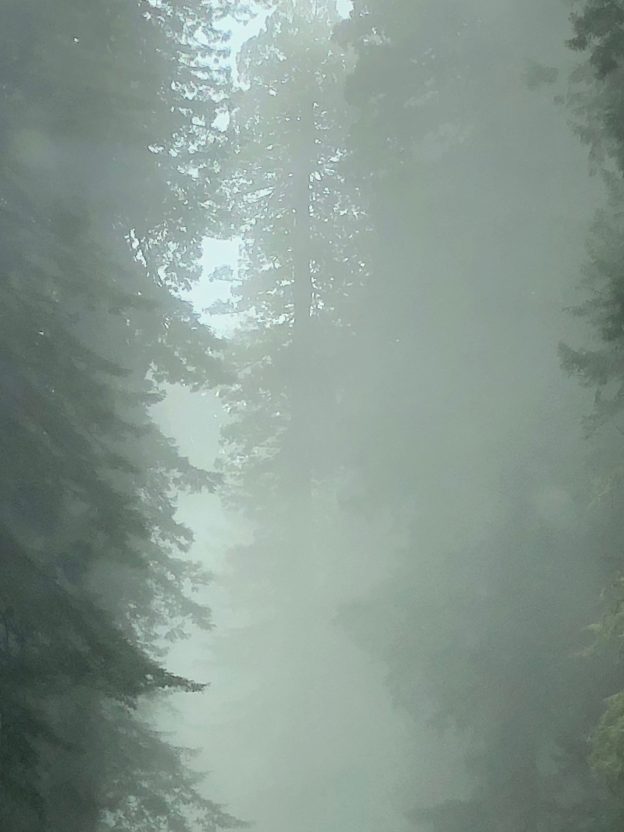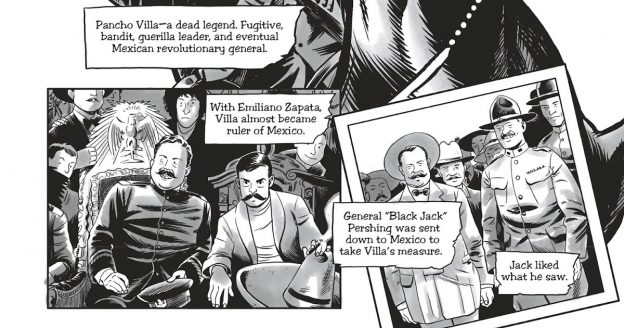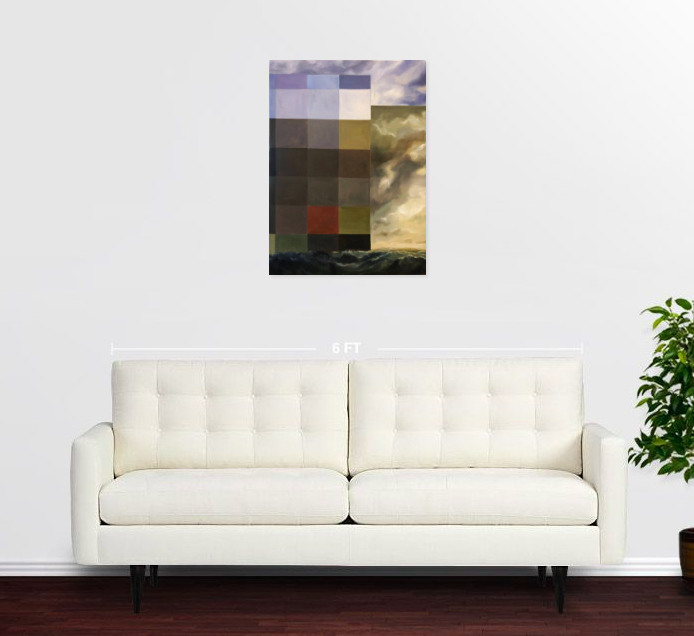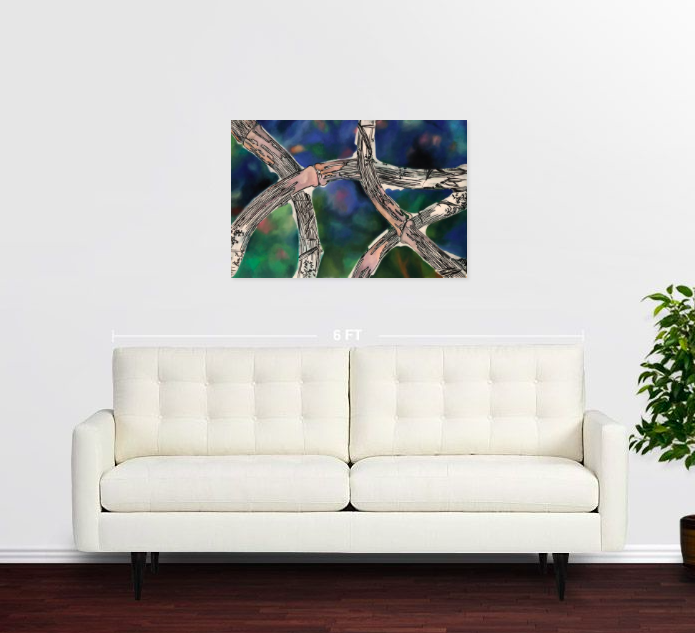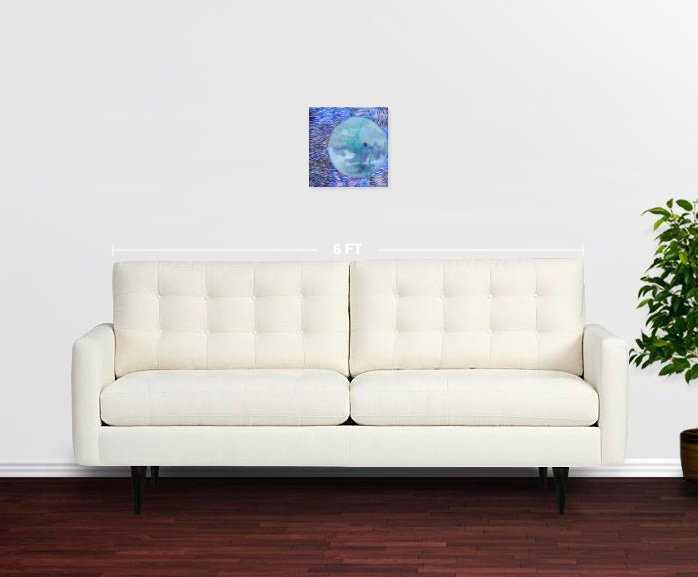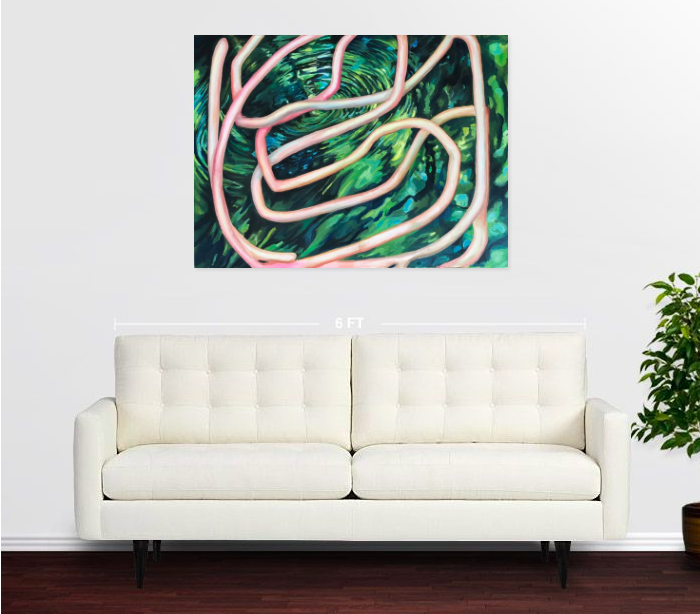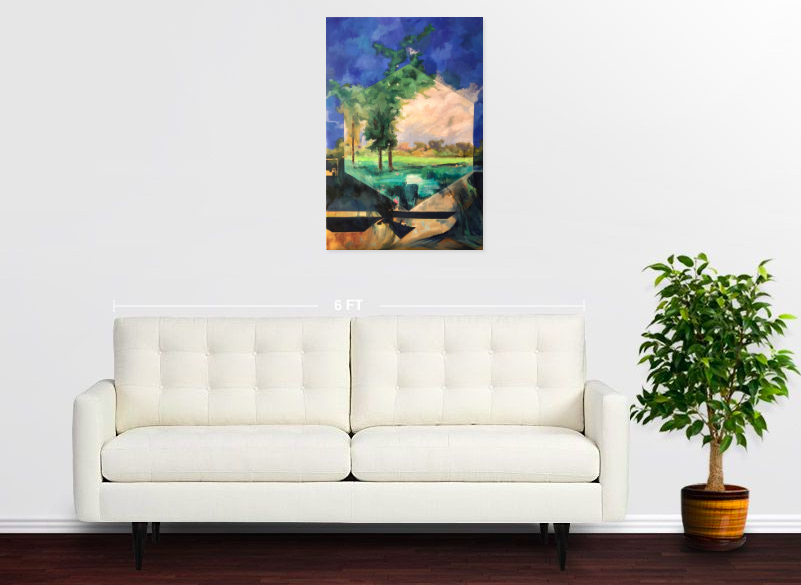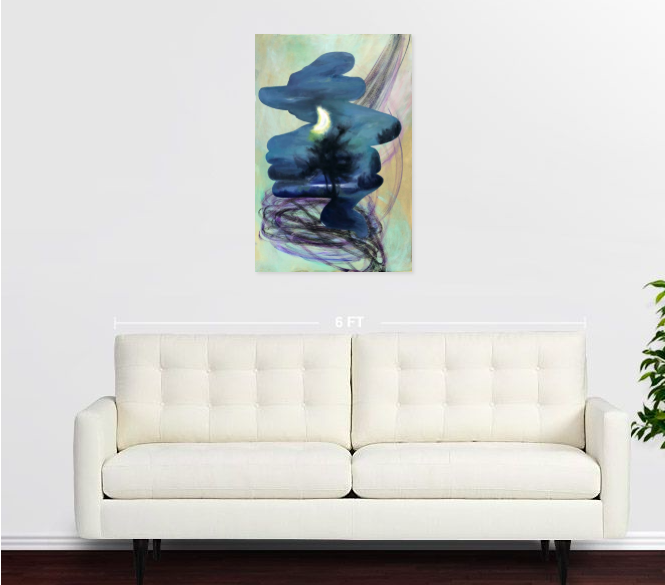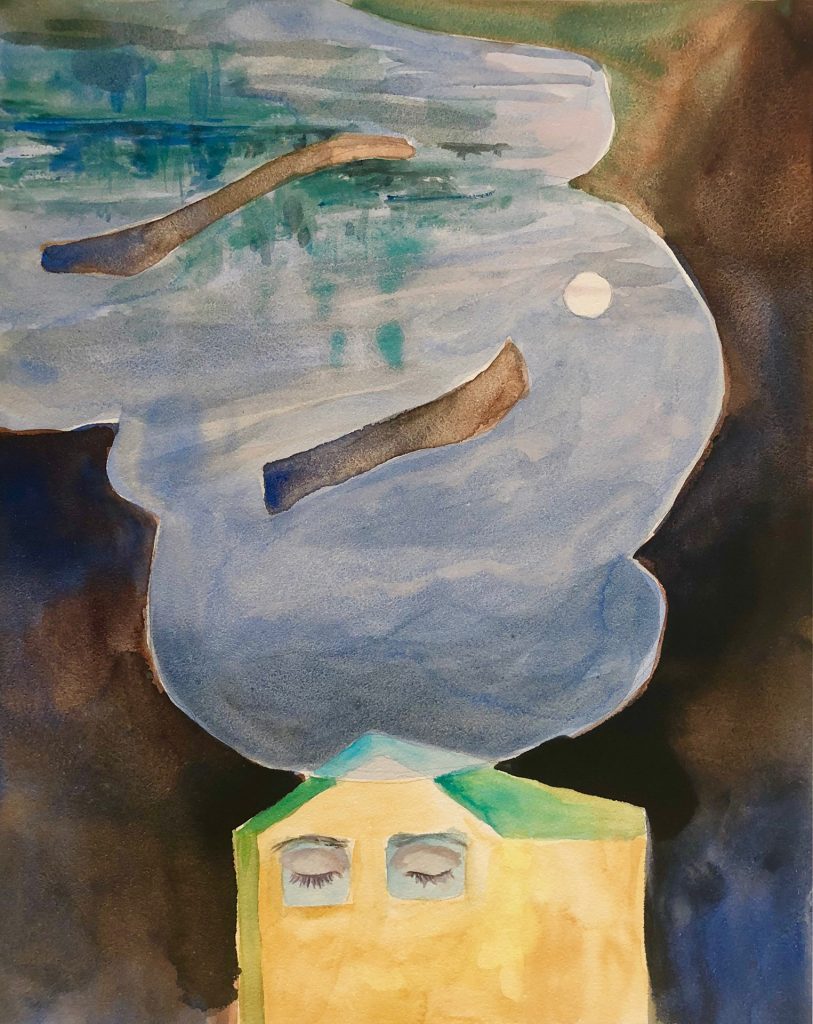
Two Lane Reveries Mixed media on clayboard 10†x 8†from Puer series
Inspiring me today, this quote from Anthony Stevens book, The Two Million Year Old Self, “…in our dreams we speak to the species, and the species answers back.â€
According to Jung, our physical biology expresses that which is intangible, archetypal material, that in my mind, is his term for transcendental truths. Jung’s theories of archetypes and the collective unconscious mean that the deep, ancient structures of our brain house not just our personal experiences but also connects us all. Like Freud, he believed dreams also represent aspects of our waking life. We’ve all had these dreams, they’re like mental laundry. But then there are the other dreams…what Jung calls Big Dreams.
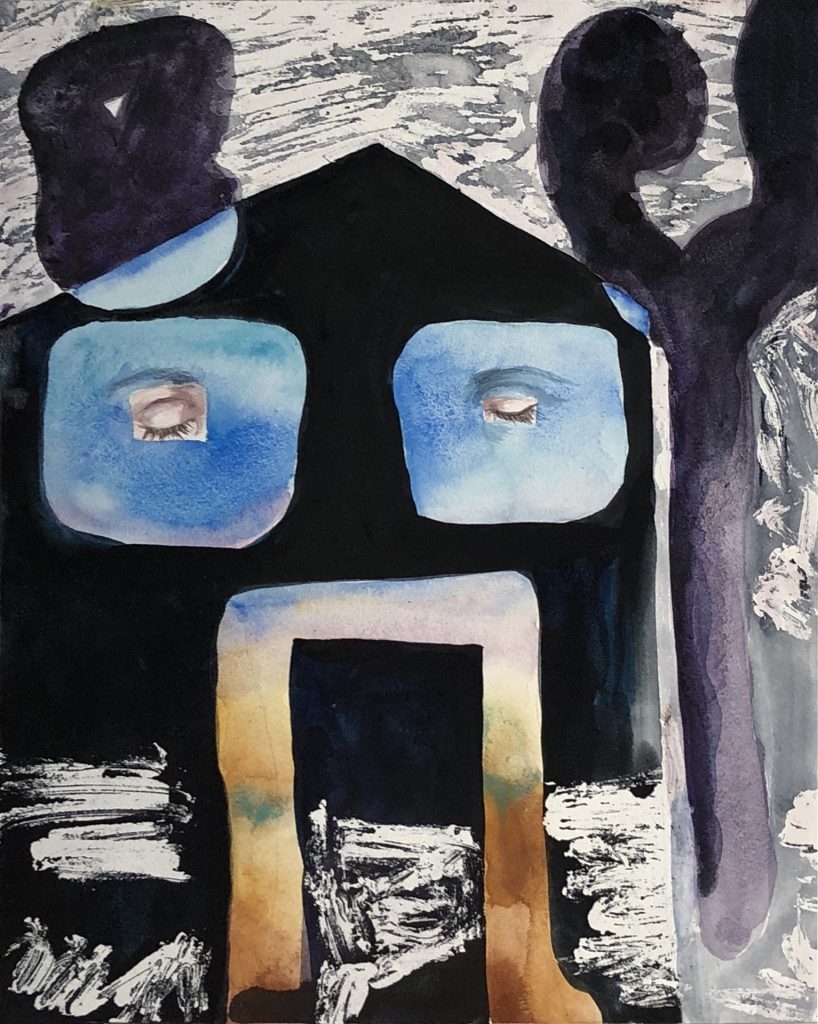
Many many years ago I had an amazing dream, I saw a rush of the most pristine water, so beautiful it took my breath away, flowing right in front of me with Orca and dolphins following the salmon. The Old Woman who showed me these marvels told me water used to flow through Olive Street, and I realized this was an intersection I walked past every day. A couple of years ago I found out that the Duwamish believe that this area was all under water. I could not have had this dream without that deep structure in the brain, our collective unconscious, which connects us all. But the nature of that connection…that is still a juicy question I don’t think has been thoroughly answered.
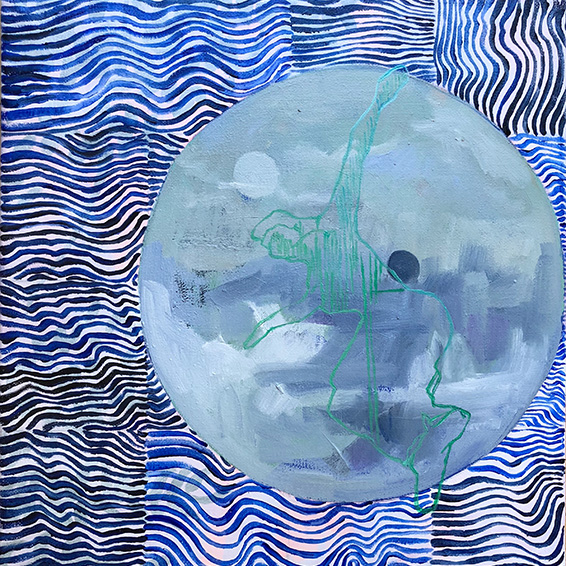
Have you ever had an eery, numinous dream, what Jung would call a big dream? What was it about? Do you keep a dream journal?
I used to, but at one point I stopped. I have always been deeply moved by dreams– I am Cuban after all, with a spiritualism and Santeria background. That I’m a Buddhist now doesn’t change things. I have in my time been bullied about all three histories. American and Western cultures only sanction certain myths and privilege Cartesian rationalism- above everything. Big dreams, spiritual connections, no.

So, I’m reading The Two Million Year Old Self, enjoying every sentence, stopping often to think through the text, agree or disagree as prompted by my mental meanderings.
Something the author isn’t including in his research is the fact that birds, not just mammals dream. Corvidae and Psittacine cognitive research already confirm these species are highly intelligent. Research on zebra finches proves these little birds dream, and anecdotal observations of parrots and cockatiels in captivity show that they also have REM. I think it’s a significant oversight to not consider this fact in exploring the phenomenology of the collective unconscious. In other words, our individual experiences of shared organs of the collective unconscious.
Stevens relates that because our physical brain structures house the reptilian, old mammalian, and neomammalian brains that we share archetypal dreams, structural memories with ancient reptiles and mammals. He explains our recurring dreams of falling, for example, with the experiences of our ancestral mammalian experience of living in the trees and falling. But what about our bird brain? Do we have one? It’s my understanding we have different
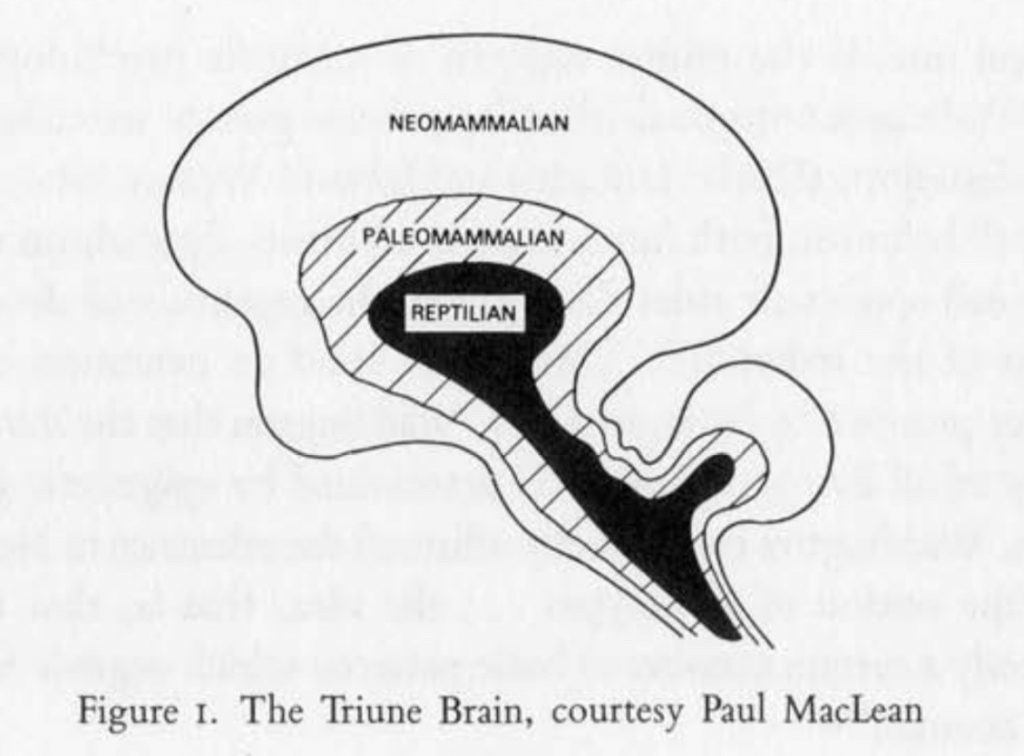
So if we don’t share a bird brain, what about our recurring dreams of flying? Every single person I know has at one time or another dreamt about
Why? Because I have on many occasions from earliest childhood had dreams of not just flying, but of having to run first to get enough loft under my wings. Dreams where I actually think through the steps, just as I had to think through the steps when I first learned to ride a bike, or to swim. Learning an action is a very specific kind of thinking and experience. So why would I have dreams of learning how to handle my body to get aloft? That’s not an avoidance mechanism. That’s an archetypal code.
Think back on your own dreams about flying…were any of them learning to fly dreams?
What am I getting at? What if the collective unconscious isn’t solely an organic biological structure in the brain, the structures we share with members of our species and it’s evolutionary ancestors? What if it is also a structure that allows us to tune into the unconscious brainwaves of other animals, for example, birds? Like a biological EEG?
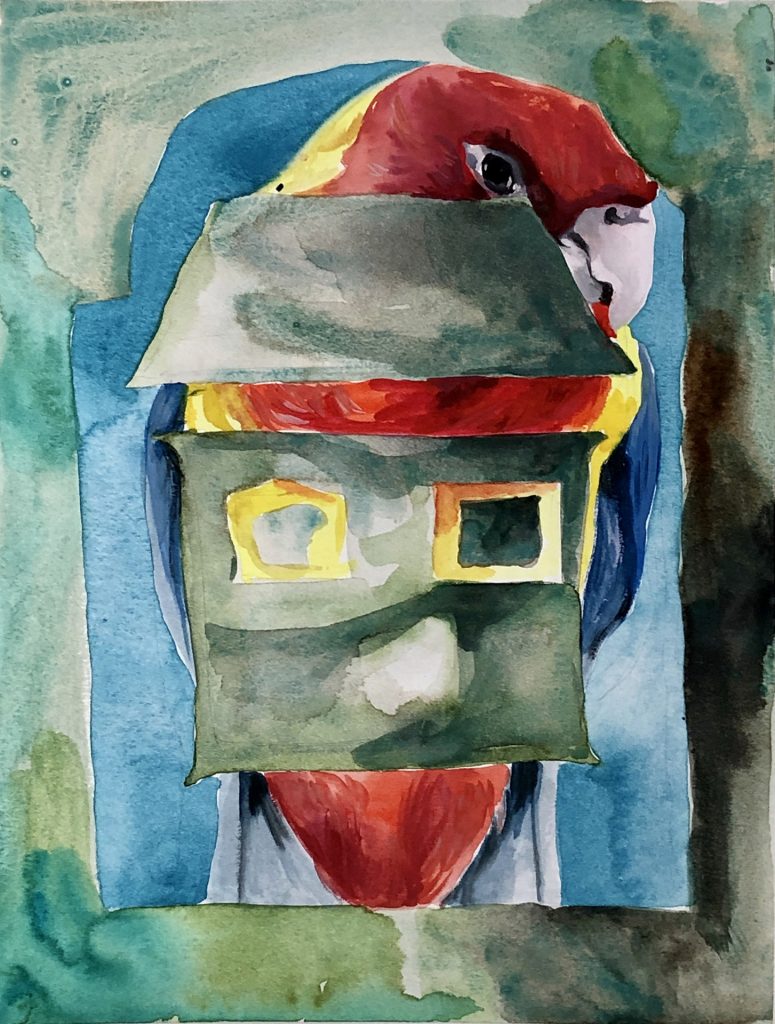
What if all the myths of shapeshifting stem from this primal dream experience? What if we bounce around evolutionary memories in the deep structures of the collective unconscious and during sleep catch random brain waves from the animal life around us? I can see an evolutionary advantage to such an ability. Rational observation is fine but doesn’t feed the imagination the way a phenomenological understanding of embodiment does. Didn’t our ancestors need that
